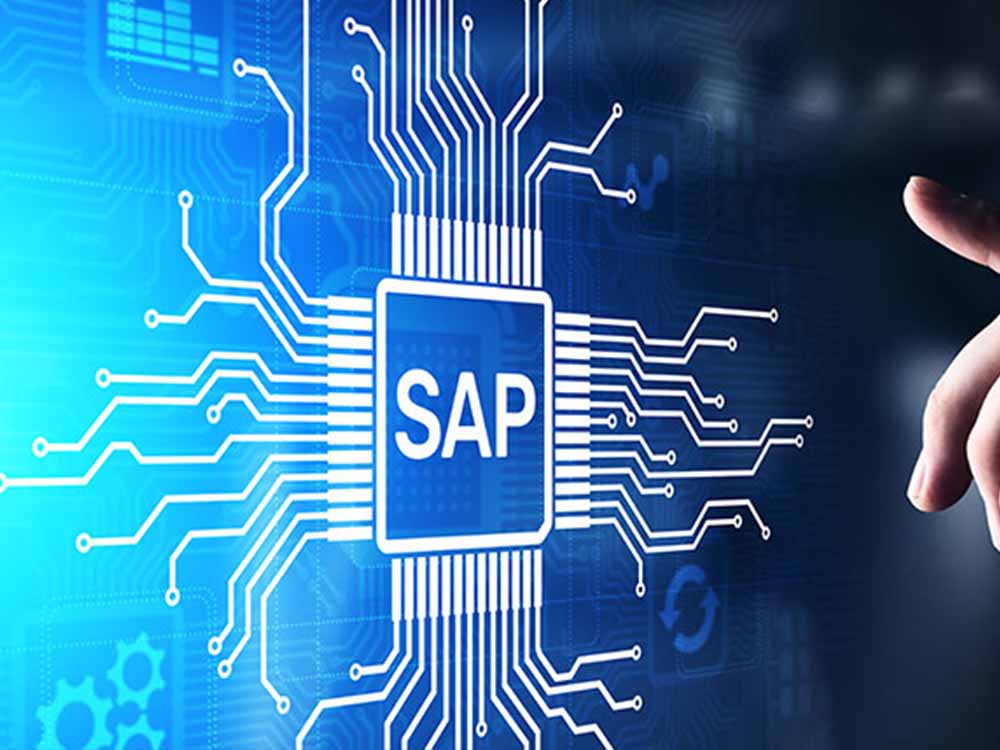SAP in 2008: Transformative Innovations in Enterprise Software
SAP (Systems, Applications, and Products in Data Processing), a global leader in enterprise software, underwent significant developments in 2008, reflecting a commitment to innovation and responsiveness to the evolving needs of businesses. This exploration delves into SAP’s history, key advancements in 2008, its impact on the enterprise landscape, and the ongoing relevance of SAP in the world of business technology.
The Foundation of SAP
SAP, founded in 1972 by five former IBM employees in Germany, originally focused on developing standard software for real-time business processes. The company’s first product, SAP R/1, laid the groundwork for what would become a comprehensive suite of enterprise solutions.
Over the years, SAP’s commitment to innovation, coupled with a customer-centric approach, propelled it to become a global leader in enterprise resource planning (ERP) software. SAP’s solutions integrated various business processes, providing organizations with a unified platform to manage operations, finances, human resources, and more.
Key Advancements in 2008
The year 2008 was marked by several pivotal advancements for SAP:
SAP Business Suite 7:
In response to the changing landscape of business operations, SAP introduced the SAP Business Suite 7 in 2008. This suite represented a comprehensive upgrade to SAP’s ERP applications, offering enhanced functionality and adaptability. It aimed to provide businesses with the agility needed to navigate dynamic market conditions and technological advancements.
SAP BusinessObjects XI 3.1:
The acquisition of Business Objects in 2007 positioned SAP to strengthen its capabilities in business intelligence (BI) and analytics. In 2008, SAP released BusinessObjects XI 3.1, an updated version of its BI platform. This release included improvements in data integration, reporting, and performance management, empowering organizations to make data-driven decisions.
SAP NetWeaver 7.1:
SAP NetWeaver, a comprehensive integration and application platform, saw a significant update with the release of version 7.1. This version aimed to provide a more flexible and adaptable foundation for the development and execution of SAP applications. The enhanced capabilities of SAP NetWeaver 7.1 contributed to the overall efficiency and agility of SAP solutions.
Impact on the Enterprise Landscape
The advancements in 2008 had a profound impact on the enterprise landscape:
Improved Business Agility:
SAP’s focus on business suite upgrades and platform enhancements aimed to empower businesses with greater agility. The ability to adapt quickly to changing market conditions and customer demands became a strategic advantage for organizations leveraging SAP solutions.
Enhanced Analytics and Decision-Making:
The integration of BusinessObjects’ capabilities into SAP’s portfolio bolstered the analytical capabilities of businesses. Access to real-time data and advanced analytics facilitated more informed decision-making processes, enabling organizations to gain a competitive edge.
Strengthened Integration Capabilities:
SAP NetWeaver’s advancements played a crucial role in providing a robust integration platform. This facilitated seamless communication between different SAP applications and third-party systems, promoting a more connected and efficient IT landscape for enterprises.
Ongoing Relevance of SAP
The developments in 2008 laid the groundwork for SAP’s continued relevance in the business technology landscape:
Cloud Transformation:
In the subsequent years, SAP embraced the cloud computing paradigm, offering cloud-based solutions such as SAP S/4HANA Cloud and SAP SuccessFactors. This shift reflected a commitment to providing businesses with flexible and scalable solutions that aligned with evolving IT trends.
Intelligent Enterprise:
SAP’s vision evolved to encompass the concept of the Intelligent Enterprise. This vision involves leveraging technologies such as artificial intelligence (AI), machine learning (ML), and the Internet of Things (IoT) to create an intelligent and connected business environment. SAP continues to innovate in these areas, enabling businesses to harness the power of intelligent technologies.
Continued Customer-Centric Approach:
SAP’s commitment to understanding and addressing customer needs remains a core tenet of its strategy. The company actively engages with its user community, incorporates feedback into its product development processes, and focuses on delivering solutions that align with the evolving requirements of modern enterprises.
In conclusion, SAP’s journey in 2008 was marked by transformative innovations that positioned the company as a leader in enterprise software. The releases of SAP Business Suite 7, BusinessObjects XI 3.1, and SAP NetWeaver 7.1 reflected a commitment to staying at the forefront of technology, adapting to changing business dynamics, and providing organizations with the tools they needed to thrive in a rapidly evolving digital landscape. The ongoing relevance of SAP in subsequent years underscores its ability to evolve with the times and continue shaping the future of enterprise technology.











